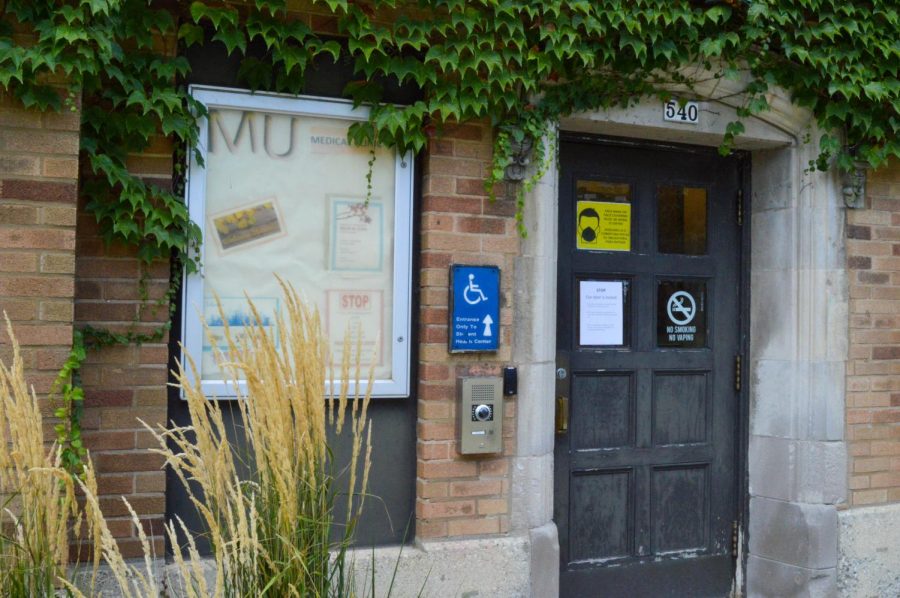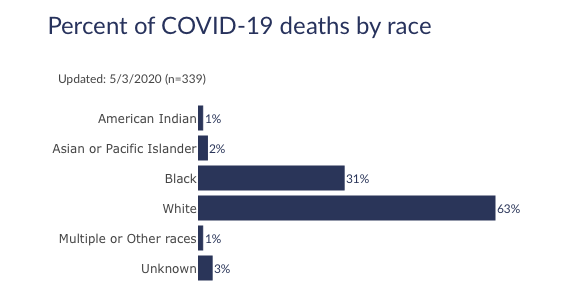
gain the attention of the mainstream media, they are usually resolved.
That isn’t the case with the Affordable Care Act’s healthcare.gov.
In the 23 days that passed since the website first “launched” (if you can even say that happened), the website has been beyond glitchy. Many stories talk about the numerous glitches, and in these 23 days the estimated enrollment numbers are pathetic. Monthly enrollment numbers are “promised” to be released, but politicians are silent on the issue, denying numerous media requests.
Even the Daily Show, a historically liberal news commentary show, chimed in to show us that some reports go as far as saying that the virtual calculator is broken. Something Jon Stewart reminded us is that calculators have been “included in computers since 1972.” How hard is it to make a working calculator?
All jokes aside, the online enrollment process is an abomination. Healthcare.gov has more errors than error messages. Politicians tout the successful visitation rate and ignore the dismal enrollment rate. According to estimates compiled by Compete.com, in the first week some 9.47 million people visited the site, while only a dismal 0.4 percent of them actually completing enrollments in health insurance plans.
The subsidies that put the “affordable” in Affordable Care Act are still “to be determined,” and the sites that estimate the cost of coverage are really just making educated guesses (even healthcare.gov).
In three weeks, one would expect some sort of progress to take place. Although the government was shut down for the “launch” and a substantial amount of time after, by now one would expect something to be done about the poor showing. Instead all we have is a bunch of news reports about the inaccuracies, and a disgruntled president saying the glitches are “unacceptable.”
Common Ground, a proactive nonpartisan organization in Wisconsin, put together an estimation tool that shows rates and even allows people to enroll in insurance plans. Unfortunately, because most of the plans are available only through the marketplace, when choosing a new insurance plan, one’s taken straight back to the non-functioning healthcare.gov.
When I started this series, I assumed that the ACA would experience a poor performance in its first few weeks, but didn’t expect it to be this lackluster or glitch-filled.
The exchanges need young Americans to enroll to offset the cost of those enrolling that will take immediate advantage of it, namely the elderly. The thought process being that if enough young healthy Americans pay into it, the money that sicker Americans take out will be covered by the younger generation’s monthly premiums.
This will spiral into a huge problem if the ACA doesn’t get enough young healthy adults to buy into it. The cheap insurance will only become more expensive until people attempt to look elsewhere or pay the increasing annual fee. If the insurance gets more expensive, people who count on the subsidies to make it affordable will have to shell out more money than they may have.
It’s time to fix the website, whether that means paying money to a new developer or taking the time to work out every single glitch individually. It needs to be done, and it needs to be done soon. This health care experiment is failing. It isn’t cheap, it isn’t easy and it isn’t working.












